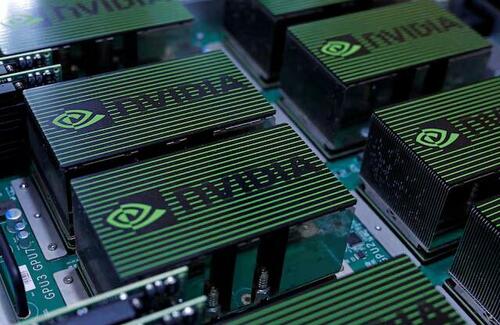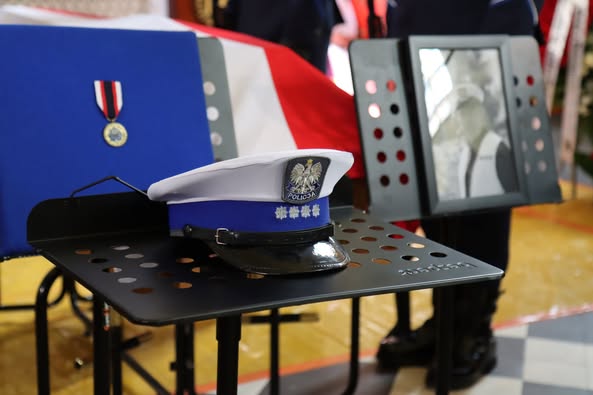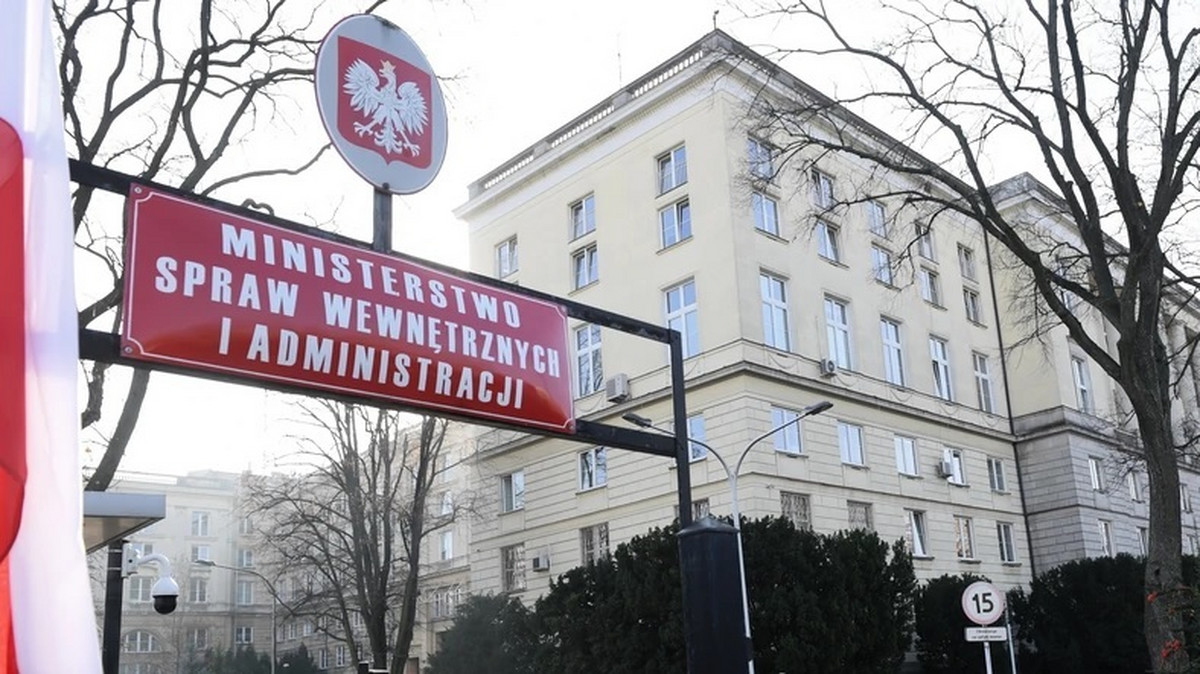
Nvidia Is Developing New AI Chip For China That Outperforms H20
Having recently agreed on a China „revenue-share” deal with the Trump admin, the world’s leader in chatbot chip production, Nvidia, is developing a new AI chip especially for China based on its latest Blackwell architecture that will be more powerful than the H20 model it is currently allowed to sell there, Reuters reported citing sources.

The new chip, tentatively known as the B30A, will use a single-die design that is likely to deliver half the raw computing power of the more sophisticated dual-die configuration in Nvidia’s flagship B300 accelerator card, the sources said.
A single-die design is when all the main parts of an integrated circuit are made on one continuous piece of silicon rather than split across multiple dies.
The new chip would have high-bandwidth memory and Nvidia’s NVLink technology for fast data transmission between processors, features that are also in the H20 – a chip based on the company’s older Hopper architecture. While the chip’s specifications are not completely finalized Nvidia hopes to deliver samples to Chinese clients for testing as early as next month.
Last week Trump opened the door to the possibility of more advanced Nvidia chips being sold in China. But the sources noted U.S. regulatory approval is far from guaranteed amid deep-seated fears in Washington about giving China too much access to U.S. artificial intelligence technology.
When reached by Reuters, Nvidia said in a statement: „We evaluate a variety of products for our roadmap, so that we can be prepared to compete to the extent that governments allow.”
„Everything we offer is with the full approval of the applicable authorities and designed solely for beneficial commercial use,” it said.
The extent to which China, which generated 13% of Nvidia’s revenue in the past financial year, can have access to cutting-edge AI chips is one of the biggest flashpoints in U.S.-Sino trade tensions. Nvidia only received permission in July to recommence sales of the H20. It was developed specifically for China after export restrictions were put in place in 2023, but company was abruptly ordered to stop sales in April.
Last week Trump said he might allow Nvidia to sell a scaled-down version of its next-generation chip in China after announcing an unprecedented deal that will see Nvidia and rival give the U.S. government 15% of revenue from sales of some advanced chips in China.
A new Nvidia chip for China might have „30% to 50% off”, he suggested in an apparent reference to the chip’s computing power, adding that the H20 was „obsolete”.
US legislators have worried that access to even scaled-down versions of flagship AI chips will impede U.S. efforts to maintain its lead in artificial intelligence. But Nvidia and others argue that it is important to retain Chinese interest in its chips – which work with Nvidia’s software tools – so that developers do not completely switch over to offerings from rivals like Huawei.
Huawei has made great strides in chip development, with its latest models said to be on par with Nvidia in some aspects like computing power, though analysts say it lags in key areas such as software ecosystem support and memory bandwidth capabilities. That said, last week China’s AI leader DeepSeek was forced to revert to Nvidia for its R2 model after Huawei’s AI chip failed. As the FT reported, after the successful launch of its R1 model in January, DeepSeek found itself under pressure from China to champion the national cause. The message was clear: use Huawei’s chips, not Nvidia’s. But when it came to actually training their new R2 model, DeepSeek ran into “persistent technical issues” with Huawei’s AI chips. The problems were so fundamental that the project ground to a halt. A person with knowledge of the situation said this was the main reason the model’s planned launch in May was scrapped, putting the company on the back foot in a market that waits for no-one.
Complicating Nvidia’s efforts to retain market share in China, Chinese state media have also in recent weeks alleged that the U.S firm’s chips could pose security risks, and authorities have cautioned Chinese tech firms about purchasing the H20. Nvidia says its chips carry no backdoor risks.
Nvidia is also preparing to start delivering a separate new China-specific chip based on its Blackwell architecture and designed primarily for AI inference tasks, according to two other people familiar with those plans. Reuters reported in May that this chip, currently dubbed the RTX6000D, will sell for less than the H20, reflecting weaker specifications and simpler manufacturing requirements.
The chip is designed to fall under thresholds set by the U.S. government. It uses conventional GDDR memory and features memory bandwidth of 1,398 gigabytes per second, just below the 1.4 terabyte threshold established by restrictions introduced in April that led to the initial H20 ban. Nvidia is set to deliver small batches of RTX6000D to Chinese clients in September.
Tyler Durden
Tue, 08/19/2025 – 09:45















